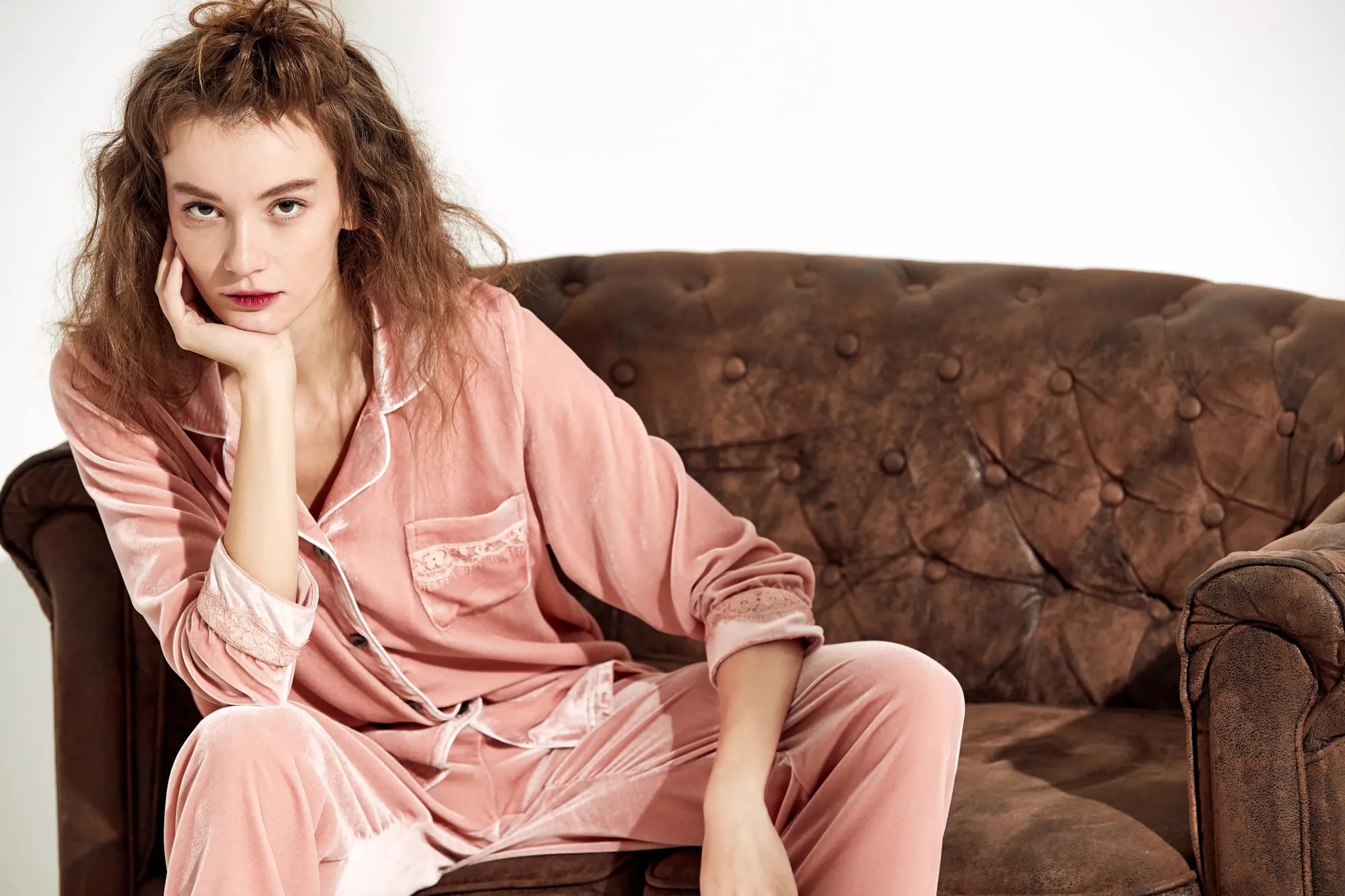How to Use a Silk Pillowcase as a Bonnet: A Step-by-Step Guide to Protect Your Hair
- par {{ author }} wangfred
-

Imagine waking up to smoother, frizz-free hair every morning without investing in specialized hair accessories. A silk pillowcase isn’t just a luxury bedding item—it can double as an innovative tool to protect your hair while you sleep. By repurposing it into a makeshift bonnet, you can harness its benefits for hair health, whether you’re managing curls, preventing breakage, or extending the life of a blowout. Here’s how to master this technique effortlessly.
Why Silk Is a Game-Changer for Hair Care
Silk’s smooth texture minimizes friction between your hair and fabric, which is a leading cause of split ends, tangles, and breakage. Unlike cotton, silk doesn’t absorb moisture from your hair, helping retain natural oils and hydration. This makes it ideal for all hair types, especially curly, coily, or chemically treated strands that crave consistent moisture.
Step 1: Choose the Right Silk Pillowcase
Opt for a high-quality silk pillowcase with a momme weight of 19–22 for durability. Ensure it’s large enough to accommodate your hair volume—king-size options work best for thicker or longer hair. Avoid satin alternatives unless they’re explicitly labeled as mulberry silk, as they lack the same fiber structure.
Step 2: Prep Your Hair Before Bed
Start with dry or properly dried hair to prevent mildew. Apply a leave-in conditioner or light oil to seal in moisture. For curly hair, twist sections into loose coils or pineapple your hair by gathering it into a high, loose ponytail. Braids or bantu knots also work for added protection.
Step 3: Position the Pillowcase Correctly
Lay the pillowcase flat on your bed with the opening facing you. Gently lean forward and lower your head into the center of the pillowcase, allowing your hair to spread evenly. If your hair is tied up, position the base of your ponytail or bun at the center.
Step 4: Secure the Pillowcase Around Your Hairline
Gather the edges of the pillowcase around your forehead, similar to tying a scarf. Twist the excess fabric clockwise until it fits snugly against your head. Tuck the twisted portion under the back of your head or secure it with a soft hair tie. Avoid pulling too tightly to prevent tension on your edges.
Step 5: Adjust for Comfort and Coverage
Ensure no hair strands are left exposed, especially around the nape. Use bobby pins to tack down loose sections of the pillowcase if needed. Double-check that the fabric isn’t pressing against your face, which could lead to creases or discomfort during sleep.
Maintenance Tips for Long-Term Use
Wash your silk pillowcase weekly using a gentle detergent and cold water. Air-dry it away from direct sunlight to preserve the fibers. Rotate between two pillowcases to extend their lifespan and maintain hygiene.
Common Mistakes to Avoid
Don’t use a damp pillowcase, as it can harbor bacteria. Avoid tying knots directly over delicate hair sections, and never sleep on a silk pillowcase-bonnet hybrid without securing it properly—movement during sleep can cause it to slip off.
Alternative Uses for Your Silk Pillowcase
Can’t master the bonnet technique? Drape the pillowcase over a standard bonnet for an extra layer of protection, or wrap it around a loose braid before bed. You can also lay it over your pillow and secure your hair beneath it with a satin scrunchie.
Transform your nighttime routine with this silk pillowcase hack and wake up to healthier, more manageable hair. Whether you’re battling humidity, preserving a salon-fresh style, or nurturing fragile strands, this method offers a cost-effective, eco-friendly alternative to traditional hair accessories. Your hair deserves the best—why not start tonight?












